In this article, Stew Fortier, CEO of Type.ai shares how he collaborates with AI to augment his creativity, practical advice for creators navigating the digital world, and his approach to building an audience.Welcome back to Creators Unlocked, a series where we interview creators about their best practices. Today, we’ve got Stew Fortier, a more unconventional creator, as his day job is CEO of Type.ai, an AI content writing tool.💡To keep up with Stew, check out his newsletter, Twitter and LinkedIn.The rapid advancement of AI has spurred debates among creators of all types. Some see AI as a threat, primed to replace human creators and automate creativity. Others, like Stew, see it quite differently.Stew started his content creation journey inspired by the works of writers who eloquently expressed ideas he deeply resonated with and a desire to share his knowledge of cutting-edge technologies like AI. Now, Stew’s creative and technical knowledge have combined and evolved into a writing product that is a true content partner.In this article, Stew shares how he views and uses AI to augment his creativity, practical advice for creators navigating the digital world, and his approach to building an audience.💡Power your writing with Type.ai – new users get 30 credits to play around with! Try it out today →Get your inspiration for content creation outside AIMany creators struggle to maintain a steady stream of inspiration. It’s even more challenging to produce engaging content that resonates with an audience consistently. As a seasoned content creator, Stew's approach to sourcing inspiration combines keen observation with curiosity and a desire to explore the less traveled paths.Stew acknowledges that while he writes primarily for himself, he publishes with the intent to connect with others. He shares, "I tweet with the intention of reaching readers and sparking interesting conversations." To achieve this, he has learned to appreciate the kind of writing that draws him in, which often means writers who offer a fresh perspective or articulate old ideas in a new light.Stew's unique strategy for gathering inspiration is fishing where others aren't. He suggests that reading old books or repurposing ideas from forgotten classics can lend the aura of novelty to your work. By exploring non-mainstream sources, he believes he can offer a richer tapestry of understanding in his writing. Stew explains, "If everyone is absorbed in the Twitter-verse, reading old books can be an amazing source of inspiration."In addition to exploring forgotten literature, Stew emphasizes engaging with diverse perspectives. Stepping outside one's usual bubble and conversing with individuals who see the world differently can offer a fresh viewpoint. Stew elaborates, "It could be as simple as chatting with a neighbor or a stranger while traveling."In practice, apply Stew's approach to finding inspiration by:Writing for personal exploration but publishing to connect with othersSeeking out fresh perspectives or innovative ways of sharing informationVenturing beyond mainstream trends and deeper into dedicated communitiesEngaging in conversations outside of your usual circles to broaden your understanding and infuse fresh ideas into your workAs a creator, the goal should be to bring something new and unique to your audience. And this requires stepping out of your comfort zone to seek inspiration.Recognize that AI is a tool for augmentation, not replacementFor many creators, the emergence of AI has been a contentious issue. Some perceive it as a tool designed to replace human writers, but Stew disagrees. While he acknowledges its polarizing nature, Stew's perspective on AI in content creation is clear: AI is a tool, not a replacement."A common misunderstanding, specifically regarding AI, is the assumption that it's a tool designed to replace humans," says Stew. In his experience, AI is a "semi-conscious brainstorming partner," a second brain that helps articulate thoughts more effectively. With Type, Stew aims to change the narrative around AI, shifting from the fear of replacement to the excitement of augmentation.Stew emphasizes that the struggle in writing often comes from trying to figure out what you believe in. But sometimes, the struggle may simply stem from being out of ideas or not being in the optimal mental or physical state. This is where AI can significantly augment the process, offering a tool to help articulate creators’ thoughts more effectively.He suggests considering AI as sitting in a room with your most creative acquaintance. This interaction could fill you with ideas, making your initial idea grow into a much more fleshed-out vision, a process difficult to achieve if you were to spend the same amount of time at your desk alone. Stew believes AI has the potential to replicate this experience. Using AI doesn't invalidate the role of human creators. Instead, it can augment their abilities, producing richer, more compelling content.Maximize the benefits of AI by using it with a clear vision and intentionStew acknowledges the hesitation towards AI, explaining that, like any new technology, AI integration is still in its nascent stage. He likens where we are to the transitional period when cars were first introduced among horse-drawn carriages. There's always a learning curve and a degree of clumsiness as we learn and adapt.However, he encourages a shift in perspective to harness AI's capabilities. "In my experience, a helpful approach with AI, such as ChatGPT or similar tools, is to switch the roles and have the AI ask me questions," he says. He emphasizes that humans bring context, creative vision, and editorial input that give AI the material to work with."The AI's true power is only unleashed when you have a general sense of what you want to write."Understanding this, he offers specific advice to users of AI tools like Type. While AI capabilities are often highlighted for the purpose of marketing, Stew highlights the importance of approaching the blank page with a clear vision. He states, "The AI's true power is only unleashed when you have a general sense of what you want to write."The newness of AI technologies, especially as a creative tool, also means that it’s nowhere close to perfect. So even if your vision is a bit vague, it's important to know what you want to write about. This provides the necessary direction for AI to assist you effectively. Use it to help when you're stuck or unsure about the sequence of your arguments. It's designed to aid your creativity, not hinder it.Use AI to enhance your creative processStew’s creative process hinges largely on his excitement about a specific topic. He admits that he struggles to maintain a content calendar or backlog, stating that whatever inspires him now dictates when and what he writes about. While not as structured, this approach allows him to harness his passion, resulting in more genuine and compelling content.Introducing AI into this equation changes and elevates the dynamic. AI tools can lower the 'activation energy' required to kick off the creative process. “The initial effort required can be a bit less demanding [with AI]. You don't need to arrive with a fully-formed idea or unwavering conviction about a topic. You can begin with a vague direction, and the tool, due to its generative and additive capabilities, can help you get to something intriguing and viable more quickly. That, to me, is the primary advantage of AI in the creative process.” AI serves as an assistant in Stew’s creative process, helping to shape vague ideas into viable content. This method does not replace traditional creative processes but rather complements them, offering a distinct advantage in generating content more quickly and efficiently.After you publish with AI, expand your reach and build an engaged audienceStew’s built an engaged following of nearly 12,000 on Twitter and offers some advice for those looking to expand their reach and engagement through the “three pillars of audience building.”Stew Fortier's pillars of audience buildingThe first pillar is a dedication to creating unique, valuable content. The question every creator must ask themselves, according to Stew, is: "Am I saying something useful and interesting?" Slow growth, he suggests, often indicates a need to enhance the freshness or novelty of the content being shared. “While it's challenging to always be novel and insightful, dedication to the craft and a desire to offer something others find useful are the first pillars of audience building,” he shares.Understanding the basics of copywriting forms the second pillar. This means learning how to communicate ideas in a way thatincites actioninspires others, andkeeps them engaged.Courses or free resources on effectively using social media platforms can provide crucial insights for creators looking to broaden their reach. According to Stew, “Learn how to communicate ideas that excite you effectively, and you can inspire similar reactions in others.”With the final pillar, Stew advocates for strategic collaborations with creators with a larger audience. Offering valuable content, like interviews or podcast episodes, can provide a win-win situation for both parties. This tactic can significantly boost a creator's growth, especially when larger accounts mention and share their work. As he attests, "These strategies ended up being incredibly beneficial, and I believe they can be accessible to everyone."One of the coolest things about YouTube:Our interview with @PaddyG96 blew up and as a result, other videos started to get Recommended more.Check out the impact on our interview with @HHillierSmith 🤯 pic.twitter.com/oeK4ZhLmOQ— Jay Clouse (@jayclouse) June 27, 2023 Stay up to date with other changes to the digital landscapeAI isn’t the only change creators need to be aware of – social media platforms are also evolving quicker than ever. Creators must also consistently adjust their strategies to maintain and grow their audiences. Stew shares some advice on what to keep an eye on in this dynamic landscape. In a nutshell, he suggests that new creators:Use email as the channel you own: Despite the shifting sands of social media, building an email list allows for consistent and direct communication with a dedicated audienceAdapt to algorithm-driven platforms: With social media platforms focusing more on user interests, creators have the opportunity to gain significant exposure even without a large, established audience.Be prepared for decreased audience loyalty: Social media algorithms can often lead to decreased audience loyalty due to the abundance of available content. Be ready to seize opportunities whenever your content gets significant traction.Be ready for increased competition: With new opportunities come increased competition. It's crucial to have a strategy in place to capitalize on success when it arises.Start your creative journey (powered by AI) in Buffer →
Recommended Story For You :
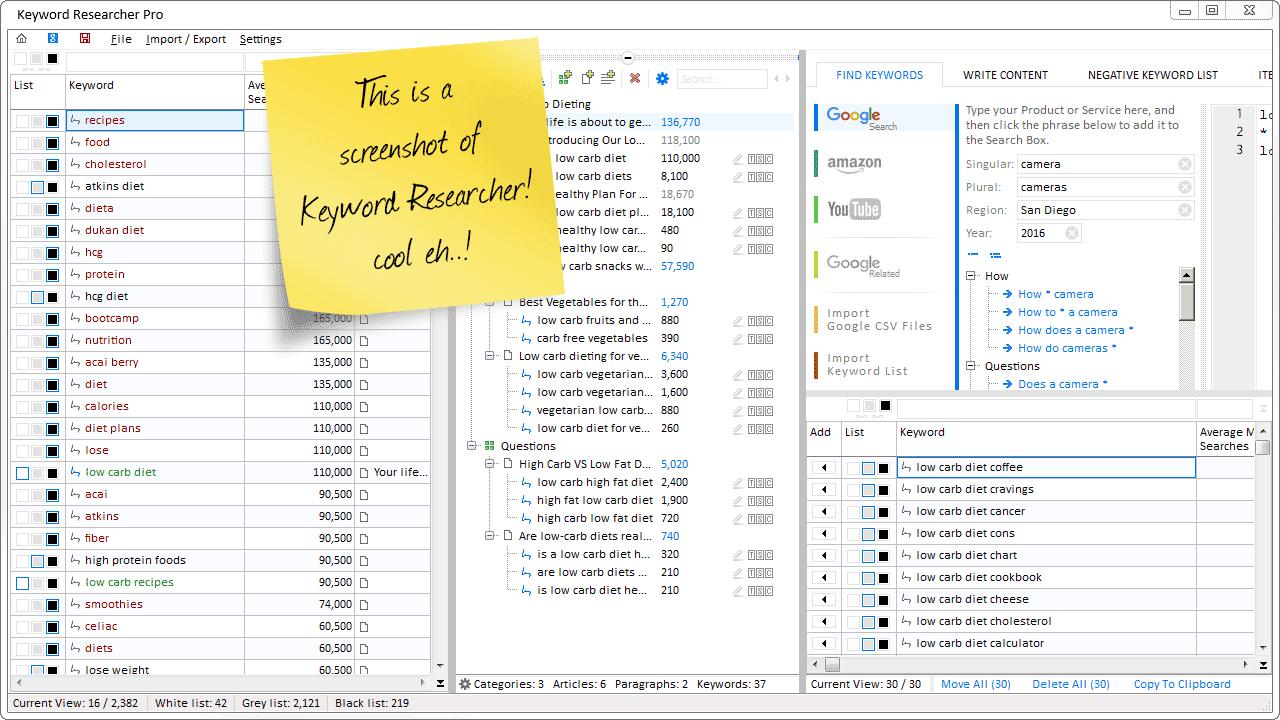
computers-internet
Organize Keywords and Import CSV Files from the Google Keyword Planner
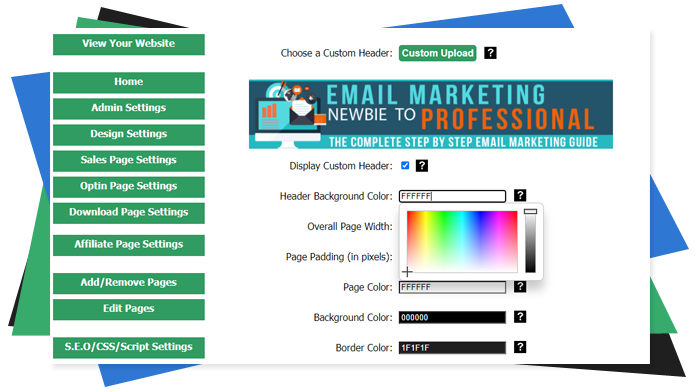
computers-internet
The Most Affordable And Easiest User Friendly Page Builder You Will Ever Use!

computers-internet
Instant WordPress Theme That Matches Your Website

computers-internet
Wizard to Manage Remote Backend MS Access Database Tables Fields and Indexes

computers-internet
If you had an aisle-by-aisle grocery list wouldn't you spend less money on impulse items?
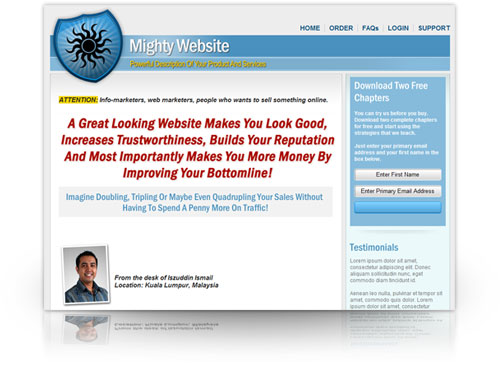
computers-internet
everything you need to create a professional corporate look mini-site is there.
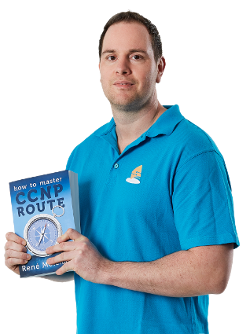
computers-internet
Unlock Your Networking Potential with GNS3Vault
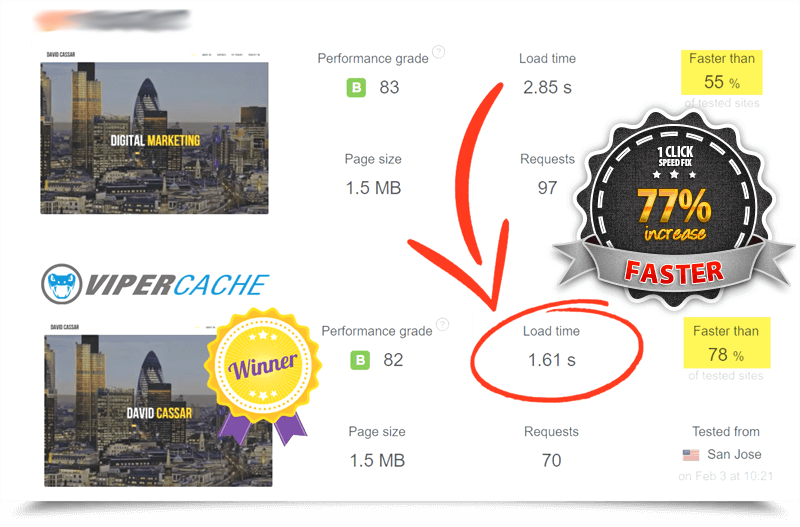
computers-internet
Viper Cache Was 77% Faster Than The Competetion

computers-internet
Understanding Stock Market Shorting eBook
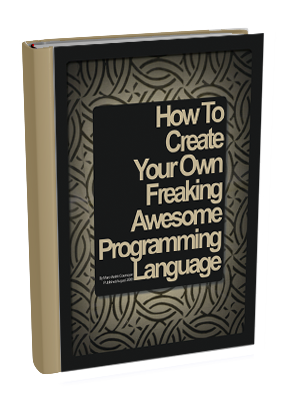
computers-internet
